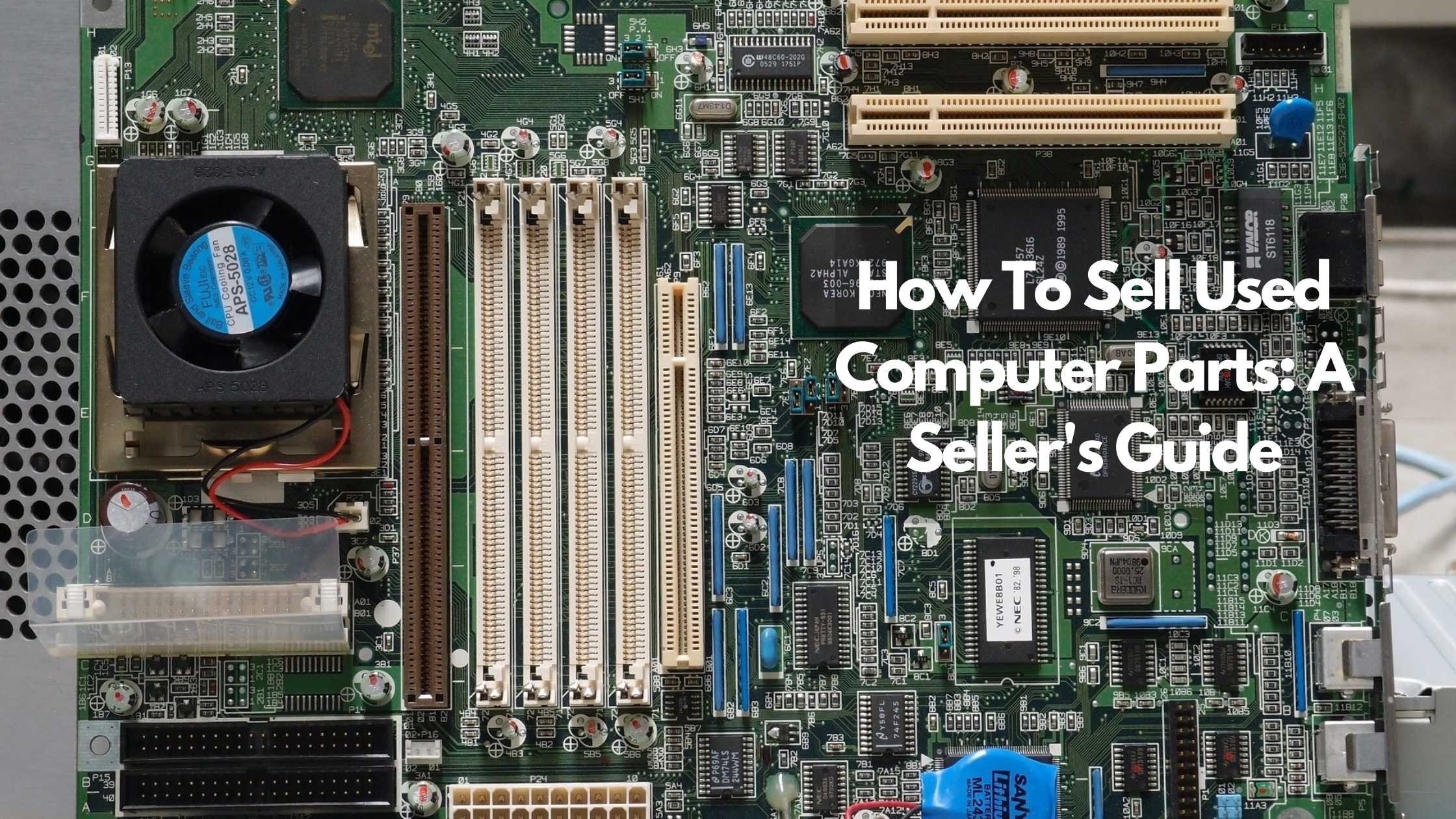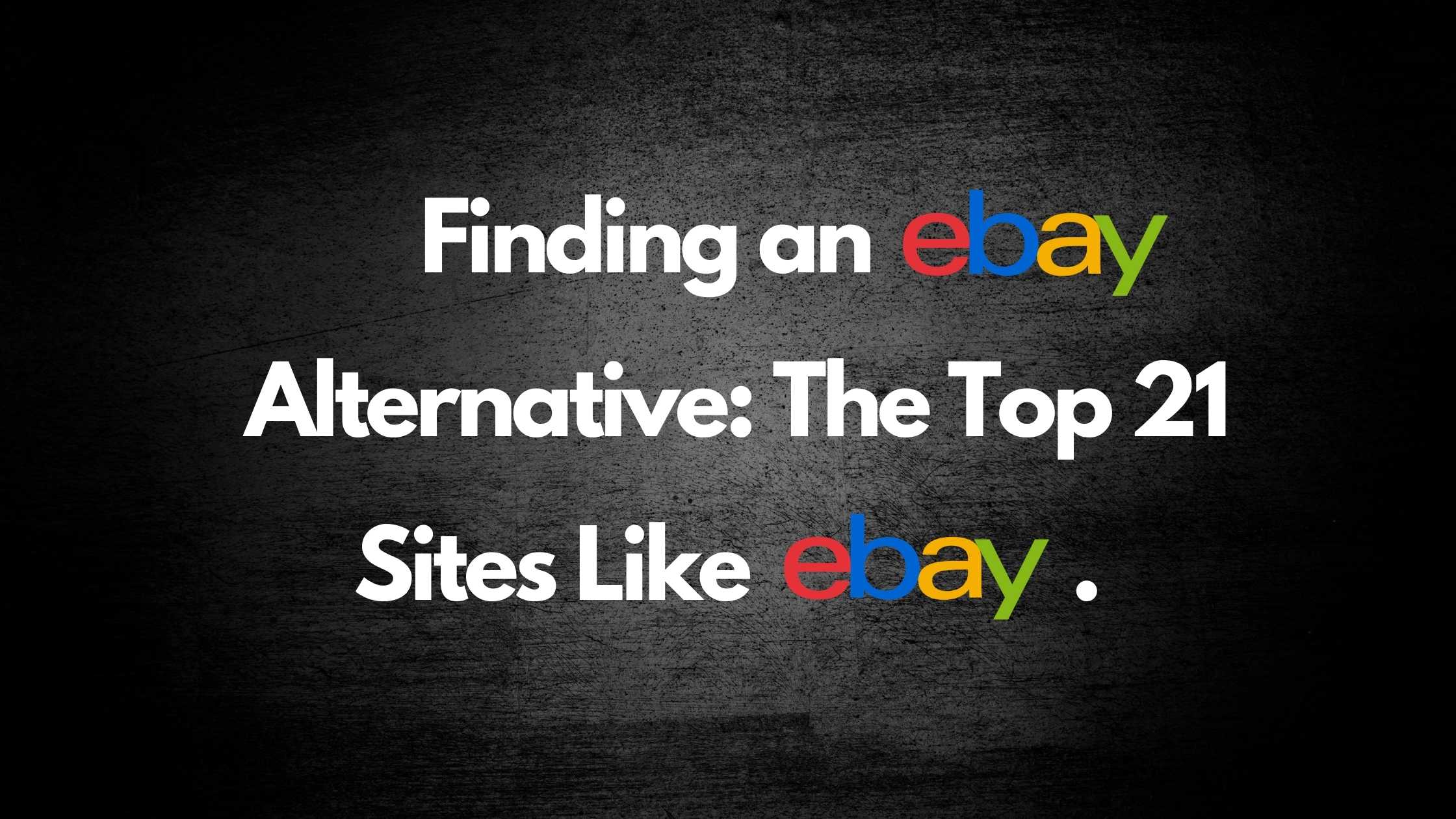
A Guide to Safely Selling Online
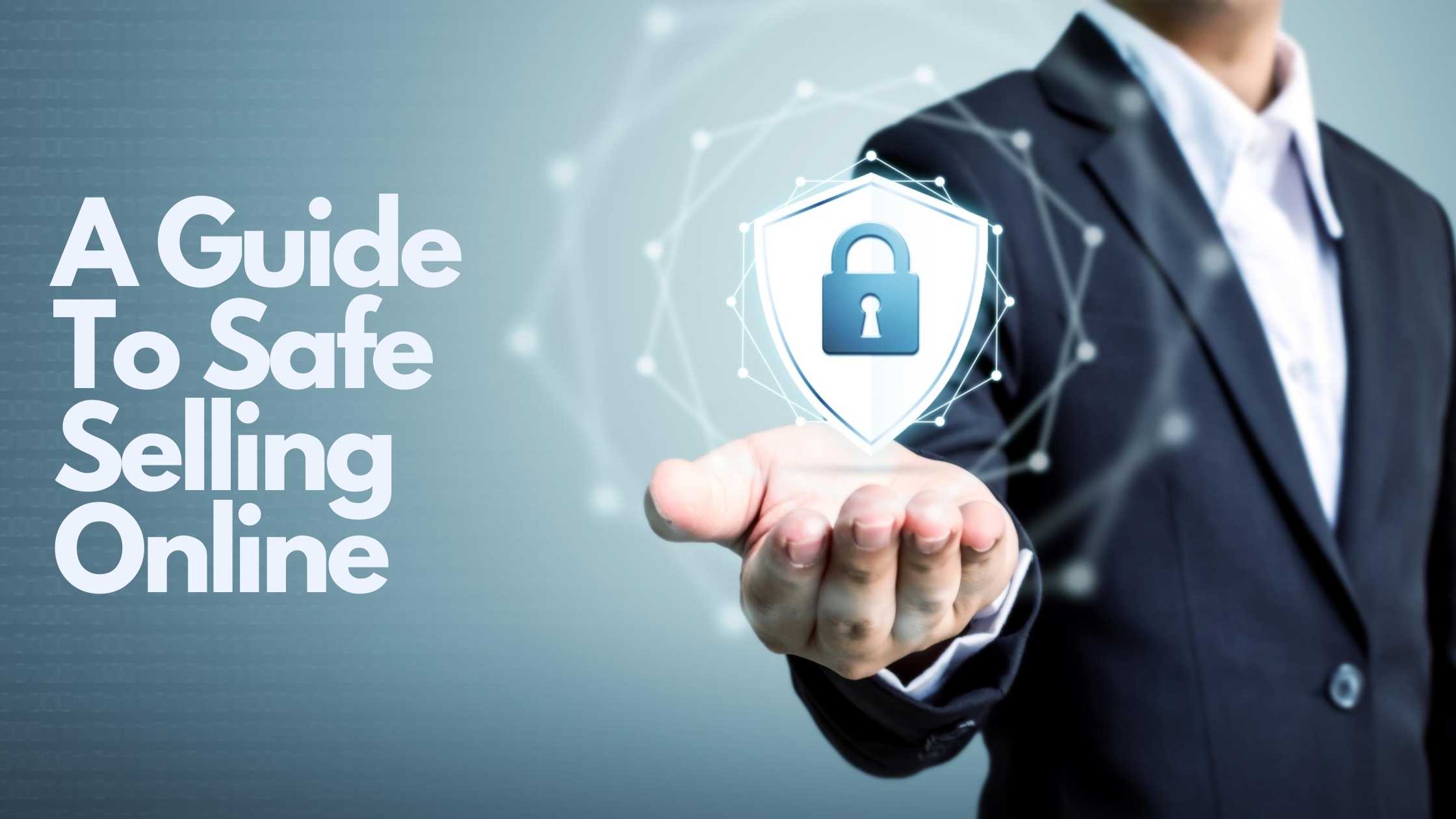
You are all set to start selling online and the excitement is great. However, you harbor some nagging doubts about your security throughout the selling process.
Selling online safely is of paramount importance and yes, you should not downplay it. It is good to be cautious and look out for any telltale signs that you could be in danger because you are selling to total strangers.
Sometimes you may encounter fraud. That is why this article has compiled well-researched guidelines to help you sell safely online and avoid the traps that scammers often set on the internet.
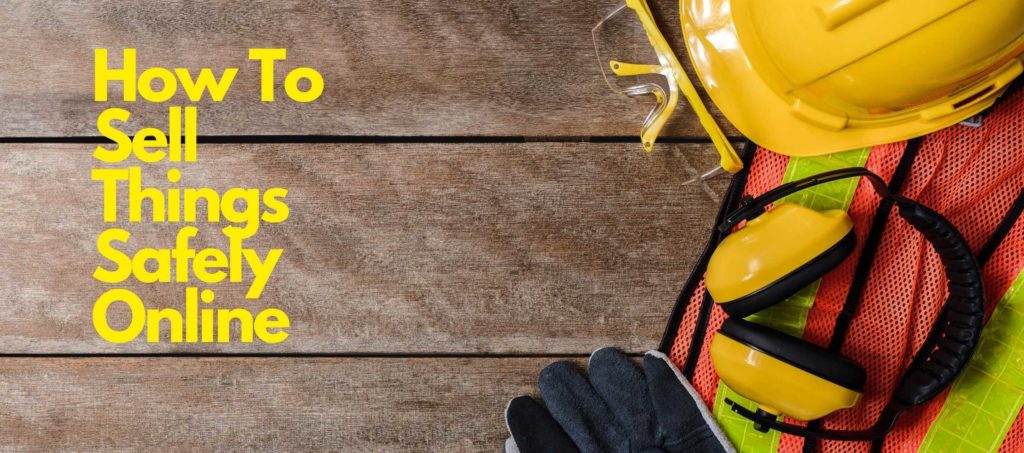
How to sell things safely online
To safely sell things online, follow the following steps:
- Identify a secure and reliable website to sell through
- Post a safe and accurate description
- Safeguard your personal information and transactions
- Look out for scam and fraud
1. Identify a Secure and Reliable Selling Platform
As you set up an account for online selling, remember to use an established internet connection to do this. Do not use free Wi-Fi as conmen can easily hack into your laptop or computer.
Confirm that the site is secure by checking its URL. If it starts with “https”, it is safe as it has the transfer layer security also known as TLS.
TLS encrypts your information, making it difficult for hackers to access. Such a site also has the lock mark to confirm its security. A dangerous site has “http” meaning it has no TLS certificate. The URL also lacks the lock sign at the beginning.
Instead, you will see the words ‘not secure’. Do not sell on such a site as your data may be stolen.
Most times, a pop-up alert will show up informing you that the site is not secure. That should be warning enough if you do not want to give away your personal information to fraudsters.
Another pointer that a site is fishy is the grammar, sentence structure, and spelling. If the write-ups on such a site are poor or incoherent in several of their pages, know that it is not an authentic site. The owners could have created the site hastily. Do not trust such a website.
Take time to read reviews about the site from independent sources. Even for reviews, be keen to see if their posting is hourly or has similar wording. Leave the site immediately and find a safer site.
Examples of safe sites include Etsy, Amazon, Craigslist, Sheepbuy, and eBay.
Read the consumer protection and return policies to ascertain further how safe a site is. That can also be a pointer to whether you should use the site or not.
2. Post a Safe and Accurate Description
Be clear and concise in your listing. Describe your items as accurately as possible. Point out anything amiss in your description. This cuts out complaints from buyers who might say that you withheld crucial information and therefore misled them to buy.
For instance, do not say your clothes are gently used or from a particular brand when you know that this is not the case. Your description should not reveal your location in any way. You do not want a stranger to troll you for whatever reason. Most online sales result in the shipping out of items meaning where you live is irrelevant unless you plan to offer local pickup.
Online scammers sometimes pretend they are within your locality when all they are doing is gathering information.
Try as much as possible to restrict information in the listing that can give away your identity.
When taking pictures of the items, do so against a neutral background that does not show any details that can be linked to your whereabouts.
These include license number plate, street address, or house number. Avoid putting your real particulars in the listing. Your name, personal email, or postal address, and phone number should not accompany the description.
You sell online so that you transact anonymously. Ensure your personal information is just that, not for everyone out there.
If you are selling as a business owner and want to include your companies information to brand your company it’s not bad at all. Before you do so check if it’s permitted by the website or marketplace you choose to sell on.
3. Safeguard Your Personal Information and Transactions
It is wise to guard your personal information. Go over everything you share online, be it, item descriptions, photos, or communication.
Check the items you’re selling several times, and if they are electronics with internal memory, ensure that you erase your data.
Weigh your words before speaking over the phone with potential buyers. If you become suspicious in the process of communicating with a buyer, stop all contact.
It is good to trust your gut feeling than to be sorry later.
Do the same if you email each other. If the buyer asks for your data in a private message, cut him/her out. You never know what personal information anyone can keep for his or her selfish and/or hidden agenda. If the online site you are selling provides an email service, consider using it.
Otherwise, set up an email address to use solely for the online business. Do not use your personal email address as it may contain sensitive details. This will prevent strangers from contacting you personally. The same applies to your phone number.
If you must communicate over the phone, get a disposable free number. Using your telephone number poses a great risk of harassment. Anyone with ill intentions can use reverse look-up records to dig up a lot of information. They can use this against you later when you have forgotten all about it.
If you are completely comfortable with the prospective buyer, ask for their phone number. You can call back to find out if that number is genuine. You can also find out if they have a confirmed address from, say, Paypal.
The buyer-to-be might also be from your area. Speak to them for a while before finally deciding whether they are legitimate enough to transact with.
Choose a safe way of receiving payments. These can be Paypal, cashier’s check or cash, if within the same locality.
Link your Paypal account to a bank account that does not hold most of your savings. Some online sites such as Amazon, process the payment for sellers.
Avoid any other mode of payment such as debit/credit cards or personal checks. By no means should you share your bank details.
4. Look Out For Scam and Fraud
Take many detailed pictures of your items. If they are worth more than $100, engrave a sign on it in a secret place. This is to provide proof later in case of fraud.
Shady customers may buy your item if it’s similar to a broken one that they own. They would then exchange the newly bought one with their broken one and file a complaint. The pictures you take and the sign you engrave will provide proof. Otherwise, you will lose cash and your item.
Use delivery services that can track your items every step of the way until they reach the buyer.
You would rather pay more for such services and reduce your headache than be scammed. This is because some scammers may deny receiving the parcel.
The buyer should sign for it before accepting the delivery to prevent after-sales complaints. Invest in third-party shipping insurance to guard against losses and problems related to after-sales issues.
With the third-party insurance, any problem arising will be handled by the insurance company and the buyer. You will not be part of such disputes.
Some selling sites such as eBay have seller protection of up to $2000. To qualify, you must accept to use Paypal to receive payments, and only ship the items to the Paypal address.
Another fraud to look out for is certified checks.
This is when the buyer sends a check with more cash than they should and asks you to refund the excess.
This is normally a dummy check, which you may not identify immediately. By the time you discover the trick, you’ll have lost your money and item.
Look out for the following buyers, as they present red flags:
- They tell you to rush the shipping process no matter the cost.
- Buyer pays partially using several accounts such as Paypal or Venmo
- They do not complete their payments
Whenever possible, deal with buyers from your local area whom you can meet in person. Find out more about this here.
This also calls for more caution. Below are some tips for face to face transactions:
- Do not meet the buyer alone. Go with a friend, preferably male, if you are female.
- Meet in a public place that has security cameras, such as the parking lot of a supermarket or at a police station.
- Accept cash payment only without much debate. For anything more than several hundred dollars, receive it inside a bank lobby.
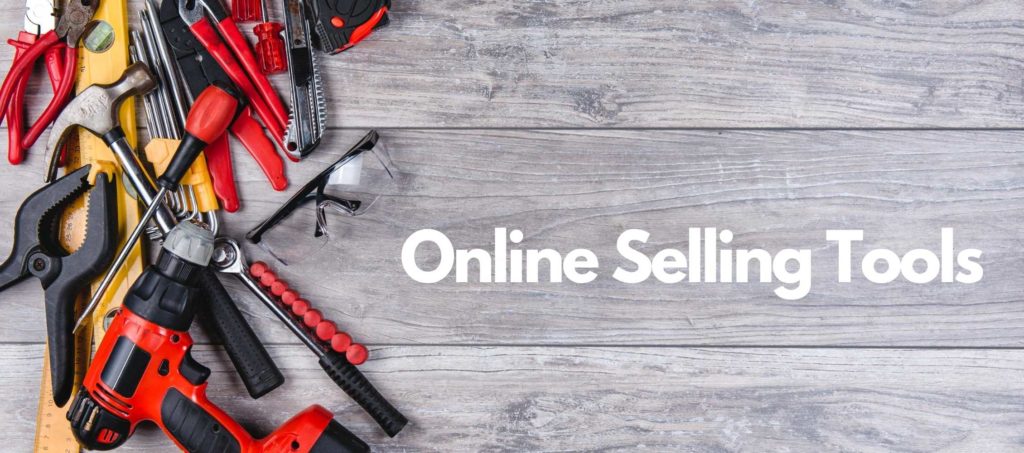
Online Selling Tools
Many tools can assist you in your quest to sell online.
- E-Junkie enables buyers to shop with ease. It issues a cart for shopping. It aids in the processing of remittances.
- Olark makes it possible for the seller to chat with the buyers in case of doubts or clarification.
- Canva is a popular tool for designing images and adding texts therein that are appealing.
- Shipstation takes care of your imports and shipping needs and links to your shopping carts.
- Sellbrite is a multi-channel selling tool that lets you list and sell on several channels.
Other tools include; Perfect Audience, Hootsuite, SocialPort, Debitoor, and Buffer.

How to Sell Things Online Fast
- Take many pictures of each item from all angles, so that the buyers can have a 360-degree perspective of each item.
- Describe each item in detail, including what brand it is. Reveal any defects so that the buyer has a clear impression of what they are buying.
- Use keywords that can capture a wide audience looking for items that are related to what you are selling.
- Set a reasonable price that is not fixed.
- Pack the purchased item attractively and if possible, add a thank you note.
- Ship promptly if payment has already been done.
- Give the return customers a discount as a way of retaining them.
Here’s an article with more tips to help you successfully sell used stuff online.
Related Questions
What Is The Best Site to Sell Things?
Some of the most popular sites for selling things include Amazon, e-Bay, Sheepbuy, Etsy, Craigslist, Oodle, and Mercari. Niche-specific sites include Poshmark and ThredUp for clothing, & Ruby Lane for vintage items and collectibles.
Other specialist sites include NearlyNewWed for used wedding dresses and accessories, BookScouter for used books, and Gazelle and SellCell for used electronics.
How Can I Sell my Stuff Online Free?
- Sheepbuy is a marketplace that is totally free on the basic tier, in which you can have up to three active listings at any given time. All sales are strictly between buyer and seller thus there is no commission on sales. This means you get to earn higher profit margins for your items sold. Find out more about our seller’s packages, here.
- Craigslist is a free platform where you place your items as classifieds and are sold locally only.
- Facebook groups are another place to sell free but you need to identify the right group. Take note of the group’s rules so that you do not violate them and get blocked. On Facebook Marketplace, you list your item as a classified to people in your local area.
- eCrater provides a store where you can sell your products. It will deduct 2.9% of your sales if they bring the customer to you.
- Letgo is another classified site that lets you post items for sale locally only for free. They do have their paid version called letgopro.
For more information about where you can sell online for free, read this article.
All these sites require that you do everything yourself. This includes communicating with buyers, packaging, deliveries, and receiving payments.
If you’d love to sell online but you don’t have money, you can find out how to start with no cash in this article.
Final Thoughts
Online platforms provide places to sell your items and a large audience that represents potential buyers.
However, you must be extra cautious not to fall into the hands of scammers. Choose a safe and popular website that has checks and controls in place. Your personal information stays with you.
Do not share it with anyone online. Use an email address that masks your real identity if possible.
Finally, only deliver goods once you have received payment in full. If you are cautious, you will have a happy time selling online.
Recommended Blog Posts:
TRENDING


Online Arbitrage for Beginners (Step-by-Step Guide)
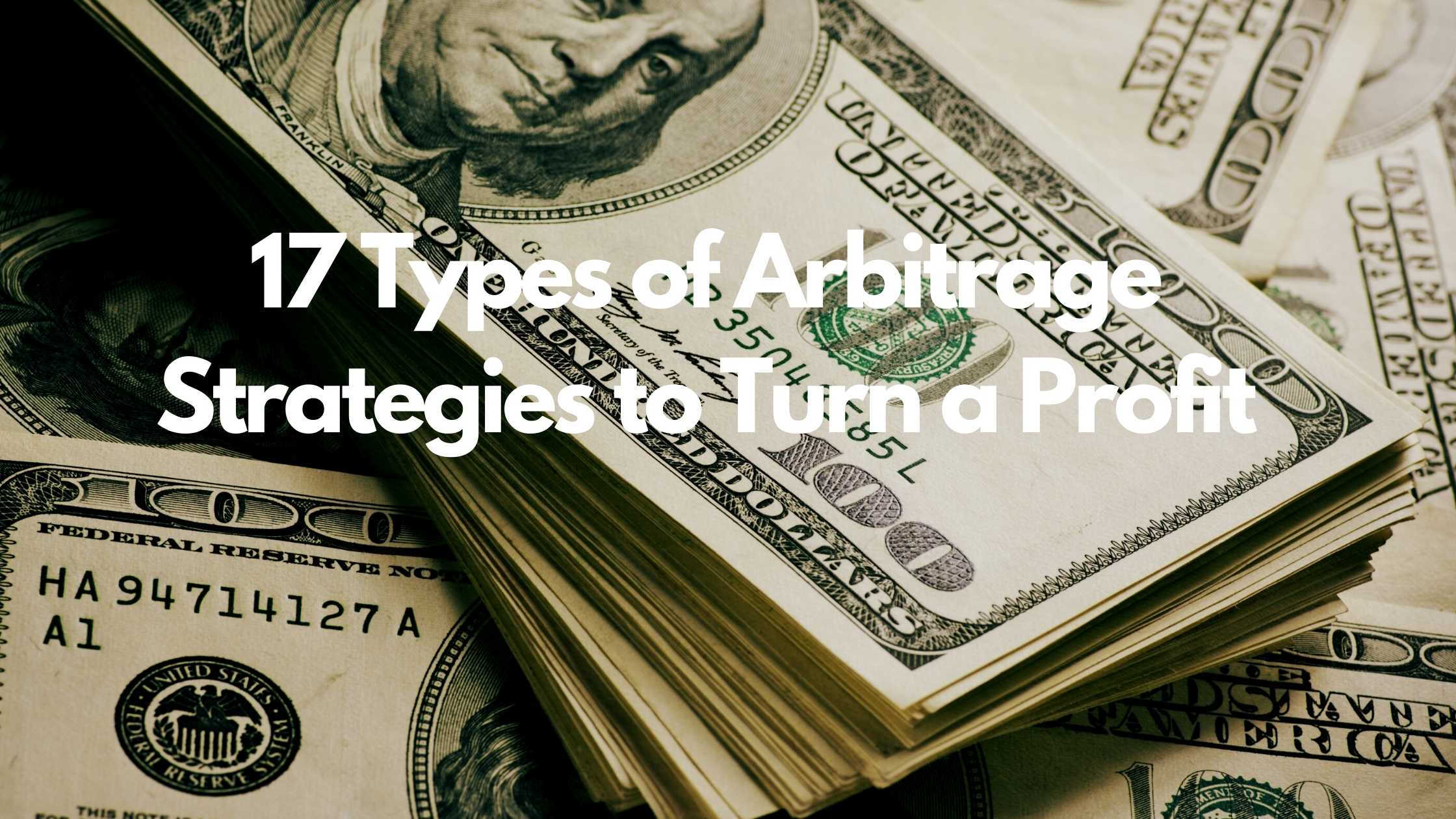
17 Types of Arbitrage Strategies to Turn a Profit
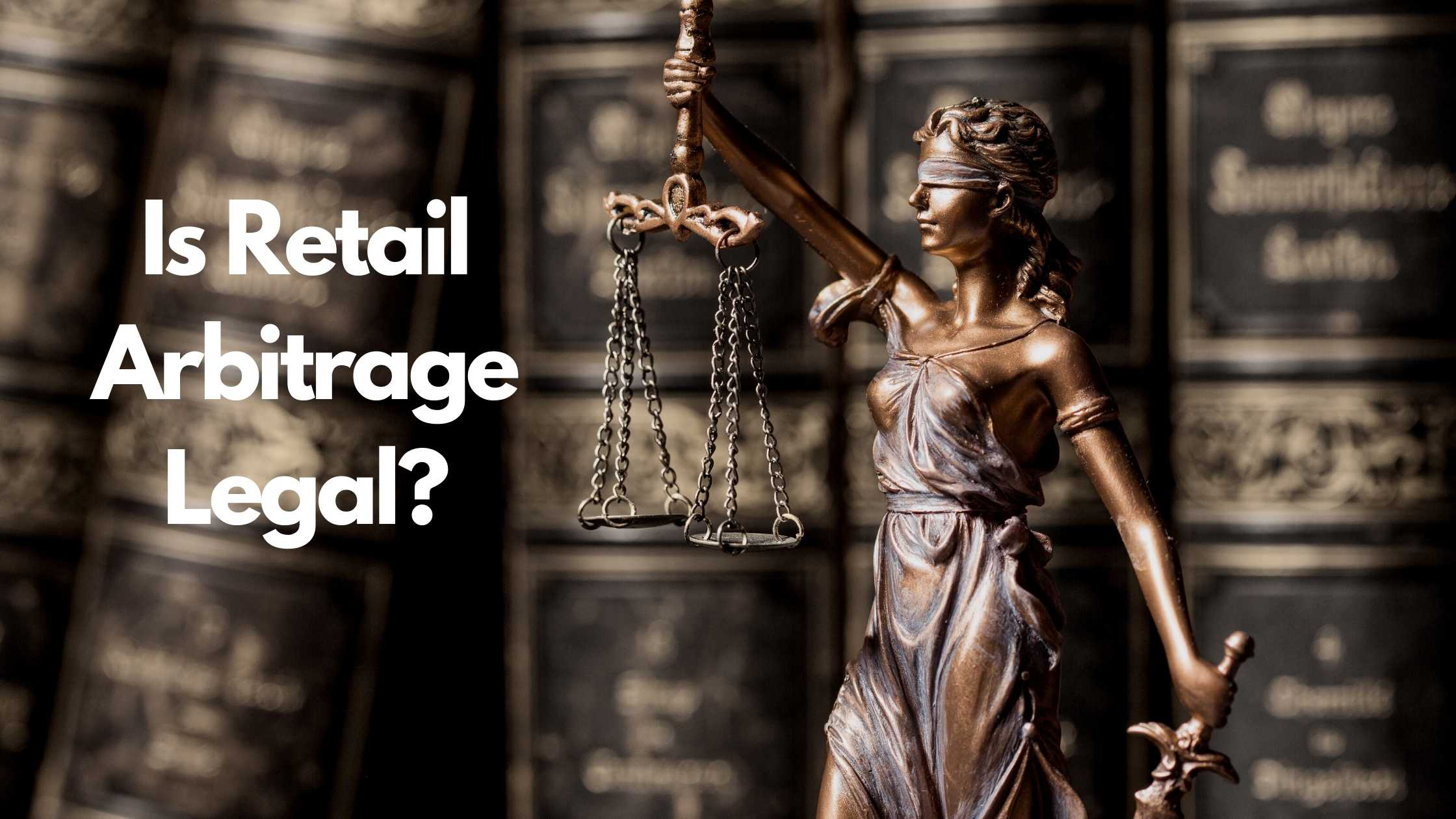
Is Retail Arbitrage Legal?

How to Turn Textbook Arbitrage into a Business for Profit

How Can You Tell if a Book is a First Edition?

What to Do With Your Jigsaw Puzzle When Finished?
